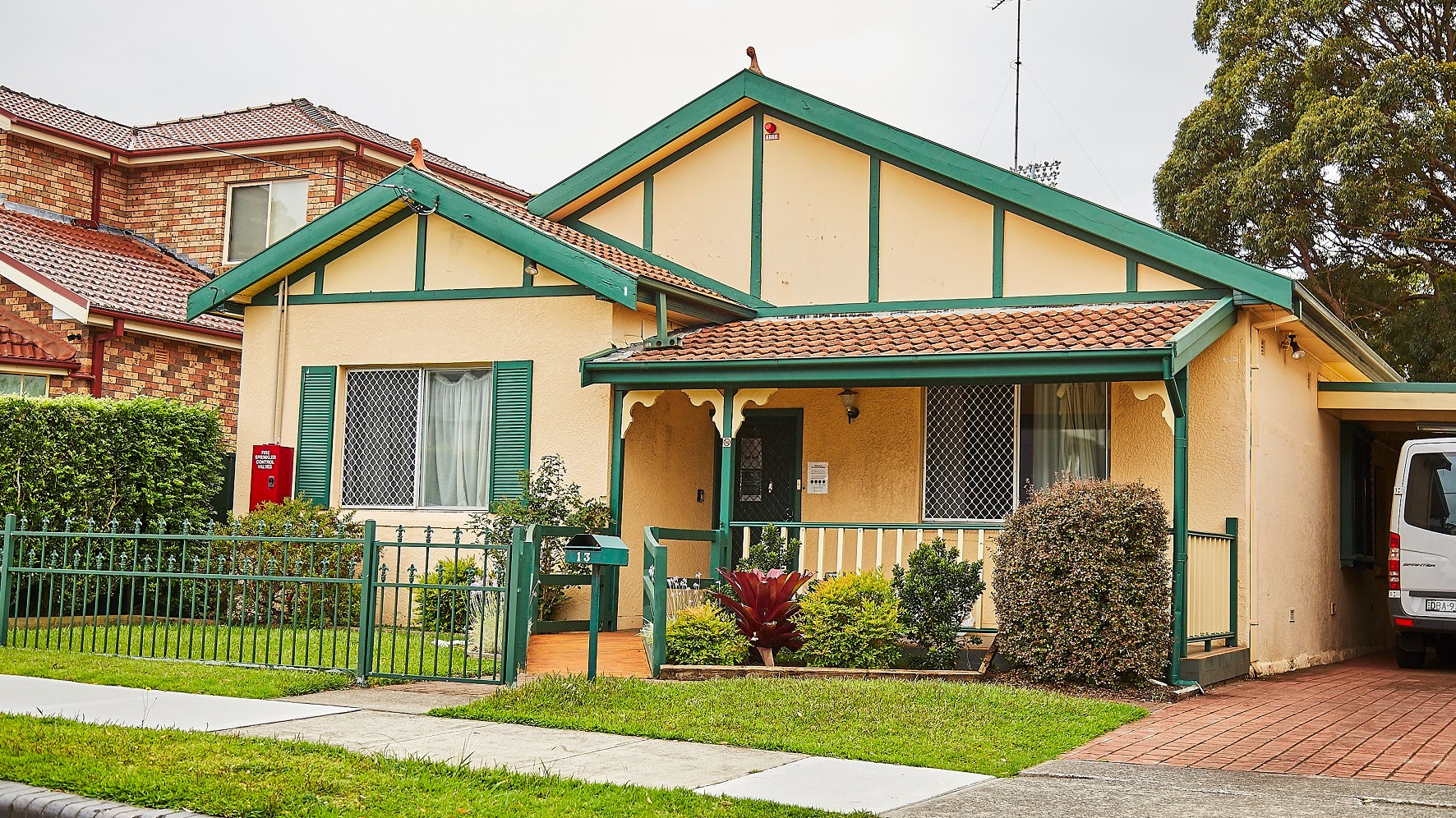Finding the right Supported Independent Living (SIL) accommodation is an important step in achieving a comfortable and supportive living arrangement. The process involves assessing different housing options, understanding eligibility requirements, and ensuring that the right level of care and assistance is available. With so many factors to consider, selecting the best option requires thorough research and careful planning.
Exploring SIL vacancies can feel overwhelming, but understanding what to look for makes the search easier. Factors such as location, accessibility, and the type of support available all play a role in determining the right fit. By taking a structured approach to this process, individuals can make informed decisions that align with their needs and lifestyles. This article outlines essential steps to help navigate the search for suitable accommodation.
Identifying Your Living Requirements
Before beginning the search, it is important to define personal preferences and support needs. Each person has unique requirements, and understanding them will help narrow down available options. Consider factors such as mobility support, daily living assistance, and social interaction opportunities.
Some accommodations provide 24/7 support, while others focus on fostering independence with minimal assistance. Knowing what level of care is required makes it easier to find a suitable home. Another important aspect is lifestyle preferences. Some individuals prefer a private living space, while others benefit from a shared environment that encourages social engagement. Identifying these priorities helps in selecting a compatible arrangement.
Researching Available Housing Options
Once personal requirements are clear, the next step is researching available housing opportunities. There are various types of supported accommodation, each designed to cater to different levels of independence and care. Properties vary in design, accessibility, and location, so it is important to consider practical aspects.
Checking whether a home is close to essential services, public transport, and recreational facilities can influence the decision. A well-located residence enhances convenience and accessibility, making daily life easier. Researching different providers and reviewing their services can offer insight into the level of care and support available. Gathering information from multiple sources ensures a well-informed decision.
Assessing Support and Services Provided
A key factor in choosing the right accommodation is the type of support offered. The level of assistance available can vary significantly, so it is important to assess what each option provides. Some residences focus on independent living with occasional support, while others offer constant assistance for individuals with complex needs.
Understanding what is included, such as personal care, household tasks, or social activities, helps determine if a specific arrangement is suitable. Another consideration is staff qualifications and experience. Trained professionals who understand different support needs contribute to a safe and comfortable living environment. Asking about staff availability and their approach to care can provide clarity.
Comparing Locations and Accessibility
Location plays a crucial role in ensuring a comfortable living experience. Choosing a residence near essential services, medical facilities, and public transport can improve independence and convenience. Accessibility features also impact suitability. Some properties are designed with ramps, wider doorways, and modified bathrooms to accommodate mobility aids.
Checking these aspects ensures the living space meets personal requirements. Additionally, the surrounding environment influences the quality of life. Some individuals prefer a quiet suburban setting, while others thrive in a more active community. Finding a balance between comfort and accessibility is essential for long-term satisfaction.
Important Questions to Ask Before Making a Decision
Selecting the right accommodation requires careful evaluation. Asking the right questions helps clarify whether a residence meets specific needs. Consider the following:
- What level of support is available, and how is it provided?
- Are there any additional costs beyond the basic service?
- What is the process for resolving concerns or requesting adjustments?
- How are daily activities and social engagement encouraged?
- What are the rules and policies regarding visitors and personal routines?
Understanding these aspects ensures that the chosen living arrangement aligns with both current and future needs. Having clear answers to these questions ensures there are no surprises after moving in.
Visiting Potential Residences
A physical inspection of a property provides valuable insight into its suitability. Photographs and descriptions may not fully capture the living conditions, so an in-person visit allows for a better assessment. Observing cleanliness, safety measures, and staff interactions offers a clearer picture of what to expect.
Speaking with current residents can also provide honest feedback about the living experience. Noticing details such as noise levels, accessibility features, and communal spaces can help determine overall comfort. Taking time to visit different places helps in making a confident and well-informed decision. Choosing the right accommodation from available SIL vacancies requires careful planning and thorough research. Considering factors such as support services, location, and accessibility helps ensure a comfortable and supportive living environment. By taking a structured approach and asking the right questions, individuals can find an option that best suits their needs and enhances their quality of life.





